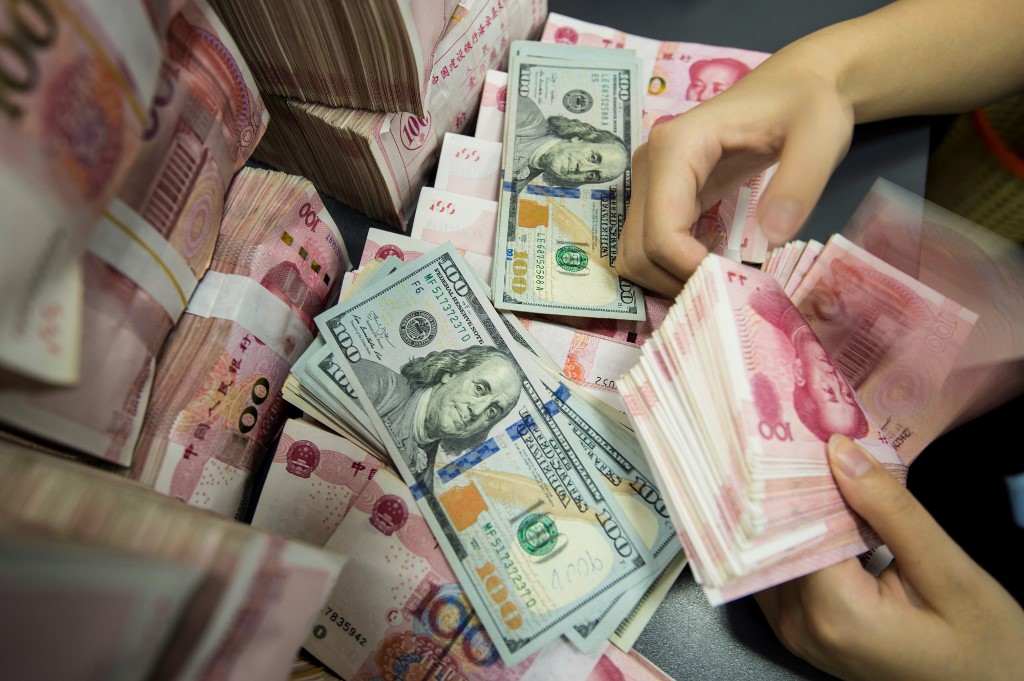(ATF) Recent changes in the yuan exchange rate have attracted widespread attention. It has now hit a four-month low, and devaluation of the yuan has led to introspection.
What is the new low yuan exchange rate?
According to the financial sector, on Tuesday March 30, the China Foreign Exchange Trading Centre said central parity of the yuan exchange rate against the US dollar was put at 6.5641, a decrease of 225 basis points from the previous trading day. On Monday, parity against the dollar was put at 6.5416. The yuan has depreciated for five consecutive trading days, which is the most since December 2020.
In the spot market, the yuan opened sharply lower against the dollar, reaching 6.5796, the lowest since December 1, 2020, and then fell into a ‘turbulent trend.’ In the offshore market, the yuan against the dollar touched 6.5836, which is also the lowest since December 1, 2020.
Obviously, the decline in the yuan exchange rate has expanded in recent times, but the yuan is still relatively strong. This year the yuan has fallen by about 0.36%, while the dollar index has risen by more than 3.2%. Meanwhile, the Japanese yen has fallen by more than 5.7%, and the Korean won and the euro have fallen by more than 4% and 3.5%, respectively. The Brazilian real fell by 9.7%, and the Argentine currency fell by 8.4%.
The onshore yuan has been as high as 6.4236 since December. In four months, US$100,000 has appreciated by about 14,000 yuan.
Data previously released by the State Administration of Foreign Exchange showed that the net foreign exchange settlement scale including spot, forward and options from December last year to February this year was close to US$170 billion. The relative performance of the yuan and the dollar in March shows that the scale of net foreign exchange settlement in March will not be too low.
How should devaluation of the yuan be seen?
When we see the devaluation of the yuan, many people will be suspicious, thinking ‘What is going on? Why is there such a large-scale devaluation of the yuan? Didn’t you say that the appreciation pressure of the yuan is relatively high?’
Firstly, the devaluation of the yuan is a very normal phenomenon. In the current state of global economic development, countries around the world actually face relatively large market pressures, especially the large-scale Fed. The use of a ‘water release’ monetary policy to control the market will actually have a huge impact on the entire market. The Fed’s large-scale release and the large-scale active fiscal policy of the United States will stir up the entire market – it is a huge pressure. After all, the US dollar is not only a national currency of the US, but also a world currency in effect, so if there is a problem with the dollar, it will have a big impact on other countries. In terms of exchange rate changes, China is on a relatively strong trend. The depreciation rate of other emerging economies, especially developing countries, is actually higher. So, we must maintain a more objective and rational attitude towards devaluation of the yuan.
From the perspective of China’s economic development, devaluation of the yuan is actually good, rather than a bad thing. Why? Because devaluation of the yuan can stimulate exports, China is an important manufacturing centre and the world’s factory. Therefore, for Chinese companies, if the yuan continues to appreciate, it means that competitiveness in the international market will continue to weaken. So there will be a big problem, and the devaluation of the yuan undoubtedly creates a relatively large advantage for import and export enterprises, thus further enhancing the competitiveness of Chinese products overseas.
























